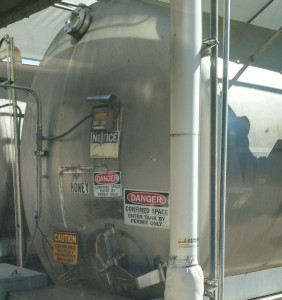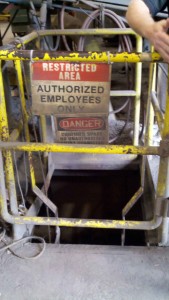Mon 14 Sep 2015
Construction confined spaces & OSHA
Posted by admin under Air Monitoring, confined space, Engineering Controls, Federal OSHA, Hazard Communication, IDLH, Multi gas meter, OSHA, Permit Required
Comments Off on Construction confined spaces & OSHA
There is a lot of confusion over confined spaces in construction. OSHA is enforcing these rules since Aug 3, 2015, but has given a 60 day postponement (effective Oct 2, 2015). Right now you need to make “good faith efforts” to comply. For those in construction, you need to get up to speed, and even more importantly, get confident. Unfortunately, this information isn’t going to get you 100% there.
The reason confined spaces (and the rules) are so complicated is because every space is different. It’s not a minimum height guard rail, or fall arrest system. There are just too many factors, including:Â 
- the size (or smallness)
- the ventilation (or lack of)
- access (or lack of)
- the work activity (what you introduce)
- the hazards (before you enter, and what you introduce)
- the people inside (people are different, and work different)
To begin getting educated, here are my suggestions:
- Know the definition of (and when it’s) a confined space (hint: 3 things)
- Know the location(s) of your confined spaces (AND mark them as such)
- Train your employees and yourself
- Buy a multi-gas meter
- And, know how to use it, bump it, and calibrate it
- And, train others
- Know: host employer, controlling contractor, sub contractor, mobile worker. It may not be obvious.
- Know: ventilation. When you can use it, Â what changes, and how much you need
- Understand “rescue”. Â And, the answer is not calling 911.
When an accident happens in a confined space, there’s a high likelihood it’s a fatality.
If you have confidence in the rules, and, more importantly, in the hazards & controls, confined spaces can be safe.

